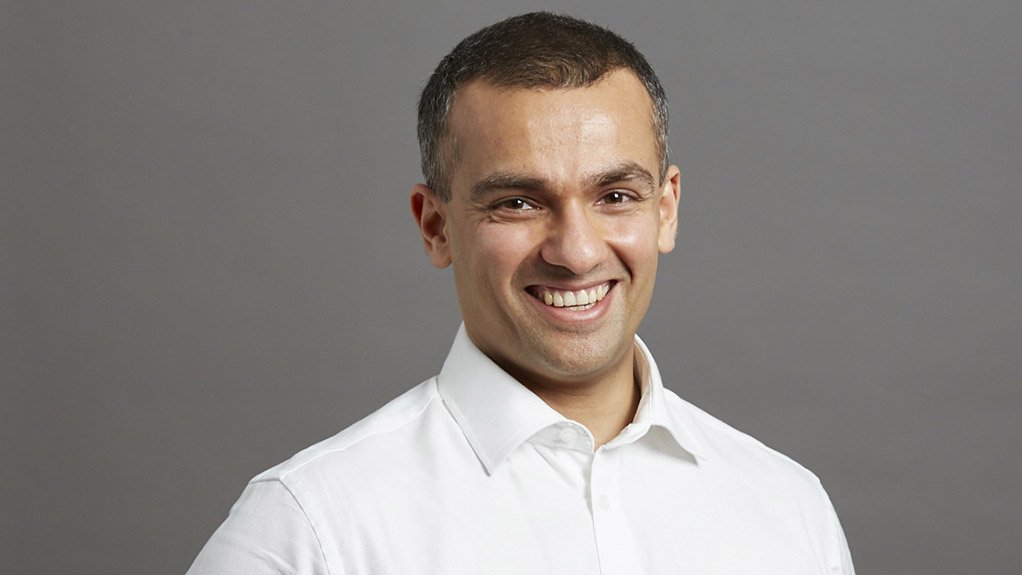The need to reduce global carbon emissions, to counter climate change, has transformed the public image of the mining industry, because of the urgent need to ramp-up the production of clean energy metals. So highlighted International Council on Mining and Metals (ICMM) CEO Rohitesh Dhawan, speaking at a panel discussion jointly organised by Webber Wentzel and Fraser Alexander, on the fringes of the Investing in African Mining Indaba 2024, in Cape Town.
“There has been a fundamental change over the past two years,” he affirmed. “Wider society now sees its future wrapped up with mining. The need for minerals for the energy transition – that has allowed people to see the importance of mining. We have a once-in-a-generation opportunity to change the relationship between the industry and society.”
“Our mission at ICMM is to make responsible mining the norm,” he stated. One issue that had emerged as a stumbling block was “complexity”. There were just too many different performance (as distinct from reporting) standards for the mining industry in the world today, making it difficult for multinational mining groups to establish and maintain consistent group-wide standards. However, ICMM, which had issued its own environmental, social and governance (ESG) standards, was working with the originators of three other major ESG standards, to try and bring them all into alignment, to create a single consolidated performance standard for responsible mining. “It’s a huge effort,” he reported. “We’re going to take a really good shoot at this.”
With climate change being one of the biggest threats facing everyone, the realisation of the importance of decarbonization, coupled with shortages in supply of the critical minerals needed to achieve decarbonization, had led to the mining industry being seen as part of the solution, emphasized mining group Sibanye-Stillwater CEO Neal Froneman, speaking in the same discussion. This had put the industry in a better place.
Sustainability could no longer be an add-on concept for the mining industry, he cautioned. “The key message has to be – integrate it into your business.” Sibanye-Stillwater did not have a sustainability strategy, it had sustainability as its strategy.
He noted how his group had started out as a gold producer, then became a precious metals miner by diversifying into platinum group metals (PGMs) and was now a green metals producer, adding nickel, cobalt and lithium to its production and refining portfolio. The company had done so because it had identified the opportunities presented by the development of electric vehicles.
His group was unusual in being active in three different segments: primary (that is, traditional) mining; secondary mining (reprocessing tailings and waste dumps); and “urban mining” (recycling). The company was already the biggest recycler of automotive catalytic converters in North America. In fact, on that continent it produced more ounces of PGMs from recycling than from primary mining. Sibanye-Stillwater was going to expand its recycling business, which was much more efficient than primary mining.
As for the future of the mining industry, he affirmed that it should create zero harm for people, be sustainable, and be attractive to young people. “It’s really all about good resource stewardship.”
Edited by: Creamer Media Reporter
EMAIL THIS ARTICLE SAVE THIS ARTICLE
ARTICLE ENQUIRY
To subscribe email subscriptions@creamermedia.co.za or click here
To advertise email advertising@creamermedia.co.za or click here













